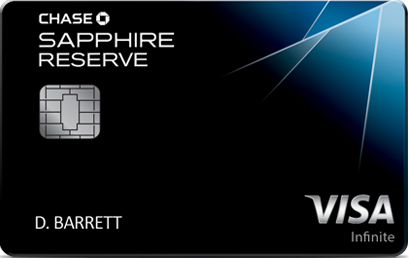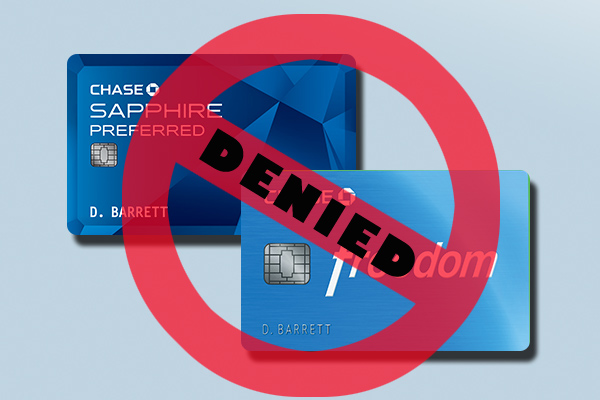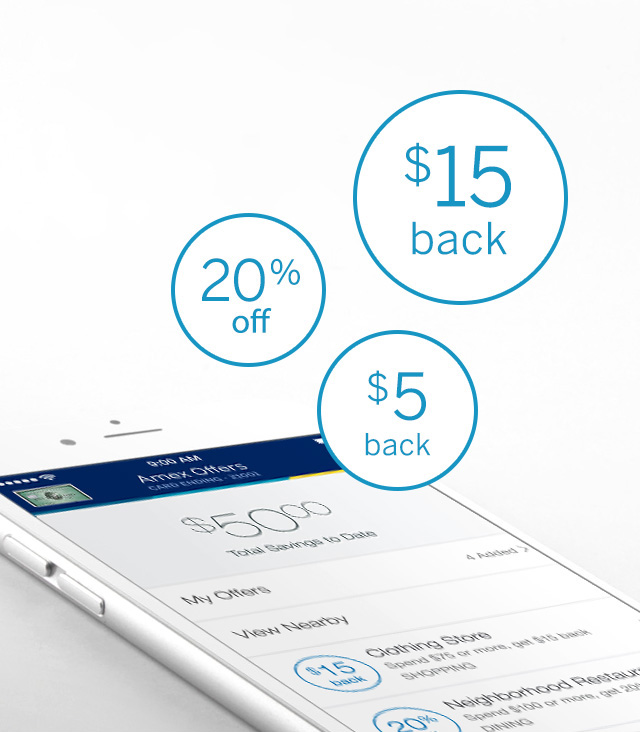
Primer on Chase Sapphire Reserve $300 Travel Credit
Update: Due to the lack of travel during the COVID-19 pandemic, Chase has extended the ability to apply the travel credit to purchases at grocery stores and gas stations through June 30, 2021.
The annual $300 Travel Credit is easily the most lucrative benefit of the Chase Sapphire Reserve card. Questions about what it covers and when it resets have been plentiful. It’s important to understand the benefit to know if and/or when you should apply.
Fully monetizing the credit each year will effectively reduce the annual fee of the Sapphire Reserve from $550 to a net $250. You can receive this benefit twice in the first year of holding the card.
Get the card now and use your initial $300 credit. And in a year you’ll have a fresh $300 credit to make use of before the due date of your second annual fee.
What is Covered
According to the Offer Details, a statement credit will automatically be applied to your account when your card is used for purchases in the travel category, up to $300 in statement credits annually. The Chase Rewards Category FAQ states the following:
Merchants in the travel category include airlines, hotels, motels, timeshares, campgrounds, car rental agencies, cruise lines, travel agencies, discount travel sites, and operators of passenger trains, buses, taxis, limousines, ferries, toll bridges and highways, and parking lots and garages. Please note that some merchants that provide transportation and travel-related services are not included in this category; for example, real estate agents, websites or owners that rent vacation properties, in-flight goods and services, on-board cruise line goods and services, sightseeing activities, tourist attractions, merchants within airports, and merchants that rent vehicles for the purpose of hauling. In addition, the purchasing of points or miles does not qualify in this category.
Chase’s travel category is extremely broad–much more so than its competitors–allowing card holders many ways to cash in on this credit. Less obvious items that qualify are gift cards sold directly by some (but not all) airlines and hotels, commuter bus and train fares, and UberEats!
When does the credit reset?
The biggest source of confusion surrounding this annual benefit revolves around its reset date. When does one year end and next year start?
According to Chase, “annually” is defined as:
the year beginning with your account open date through the first statement date after your account open date anniversary, and the 12 monthly billing cycles after that each year.
So if you opened your card on January 15, your travel credit will reset on the first statement date after January 15 each year.
However, if you applied for your Sapphire Reserve prior to May 21, 2017, “annually” is defined as:
the year beginning with your account open date through the first December statement date of that same year, and the 12 billing cycles starting after your December statement date through the following December statement date each year.
That’s confusing to read but in reality, it’s even easier. Your travel credit resets after your December statement date each year.
As you can see, your “statement date” is the key piece of information, but when is that? Your monthly “statement date” (sometimes referred to as a closing date) is not clearly shown in your online account, but is easy to figure out based on your due date.
Figuring out your Statement Date
Chase has a primer about billing periods, statement dates and payment due dates here. What they don’t mention is that, for consistency, Chase assumes each month has 28 days. There are no due dates or statement dates on the 29th, 30th, or 31st of any month.
Your monthly statement date is the date that falls 3 days after your payment due date, which is clearly displayed on your bill and online account. So, if your next payment due date is on the 13th, your monthly closing date is on the 16th of every month. Same day every month. Because of the 28-day month, there are 3 exceptions:
- If your due date is the 26th, your statement date is the 1st
- If your due date is the 27th, your statement date is the 2nd
- If your due date is the 28th, your statement date is the 3rd
Any travel charges that post on or BEFORE your key “reset” statement date will count for the current year’ travel credit. Any travel charges that post AFTER that statement date will count towards the following year’s credit. Keep in mind that charges will take at least 1 or 2 days to post after your transaction date.
Bottom Line
Always make sure you have a plan to use the travel credit. This is particularly true when it comes time for you to close or downgrade your Sapphire Reserve. You’ll want to ensure you’ve used the entire benefit before doing so.





11 Comments
P
Great post. A better understanding on what the annually means.
F'Shore
Useful info, thanks. A few things:
1) It can take longer than 1-2 days for a transaction to post. It will show up immediately in pending transactions, but the travel credit doesn’t appear until it moves into posted transactions.
2) Also worth noting that the travel credit appears WITH the relevant travel charge, as soon as it posts.
3) You can check the amount of your travel credit used/available by clicking on the Ultimate Rewards link when you are logged into your account.
Also, “easily the most lucrative benefit of the Chase Sapphire Reserve card”? That seems like it would be the signup bonus.
Yak
Helpful comments. Thanks! As far as your last point, I view the signup bonus as just that, a one time bonus. Benefits are ongoing. That’s a matter of semantics and your point is will taken.
Justin
Hey Yak. I’m considering signing up for the card. From what this post states, if the travel credit hits on your December statement it will count towards the 2017 travel credit? Does that mean I would then lose out on 2016’s travel credit? Should I just wait until January to apply and hope that this offer is still available? I just want to be able to capitalize on the both of the $300 credits? Am I too late to jump on this offer? Thanks!
Yak
@Justin, if the travel credit hits on your December statement it will count towards 2016, not 2017 as you state in your question. No guarantees, but if you get approved this week, I think you’re still ok for double-dipping 2016 and 2017. If not, you’ll be double-dipping 2017-2018 before your 2nd annual fee, so no downside to trying now.
Justin
Hey Yak, quick question. I’m showing a “next payment due date” of 1/15/2017. It also showing last statement date and and next closing date as “Not Available”. My travel purchase hit my account on 11/30. Did I make the calendar year cut for the 2016 travel credit? Thank again!
Yak
Hi Justin. A due date of 1/15/17 implies a statement closing date of 12/18/16. That’s the reset date. Any travel credits you receive before then will be for 2016. Any credits 12/19 and later will count towards your 2017 credit.
PJ
Just opened an account on 12/7, if I were to buy something in the next week, would that count if my statement closes 1/7? Not sure how this is typically handled. I would assume this counts as a december statement?
Yak
@PJ, If your next statement closes on 1/7, any travel credits you receive starting today will count for 2017.
Ben
Hi Yak. Sorry if this is repeating what others have asked already, but I am still a bit confused. I just got approved and haven’t received my card yet, but on my account it’s showing that my next payment is due on January 27th, 2017. Does that mean I still have a December statement for 2016, and if so, it has closing date of around December 30th? And if so, does that mean I have to use the 2016 travel credit between when I receive the card sometime next week and December 30th? Or will the travel credits I receive count for 2017? Thanks for your help!
Yak
The payment due date of January 27th indicates that your statement closing date is on the 2nd of each month. That would put your first statement on Jan 2. Too late for 2016. Any travel credits you get will count for 2017 and will reset after your December 2, 2017 statement.
FYI, for Chase statements, all months are 28 days long. There are no statement closing dates on 29, 30 or 31.